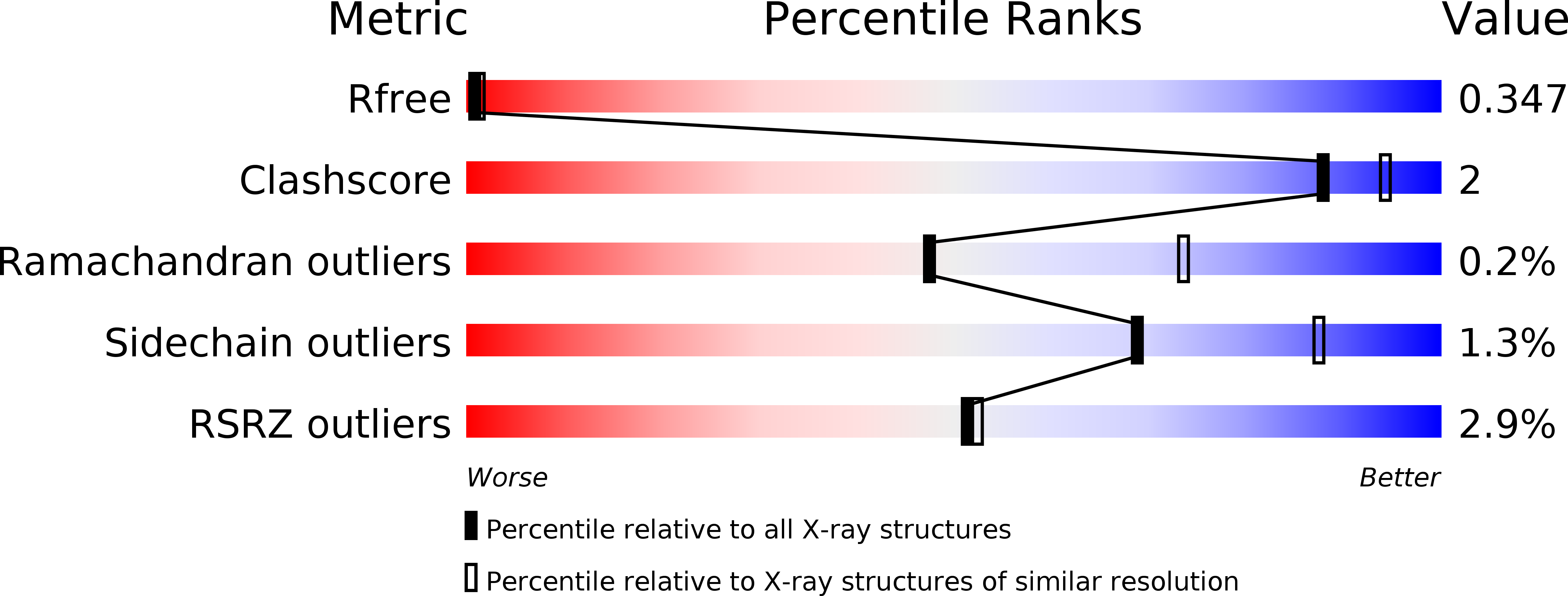
Deposition Date
2018-07-17
Release Date
2019-07-17
Last Version Date
2023-11-22
Entry Detail
Biological Source:
Source Organism:
Host Organism:
Method Details:
Experimental Method:
Resolution:
2.70 Å
R-Value Free:
0.34
R-Value Work:
0.28
R-Value Observed:
0.29
Space Group:
C 1 2 1


